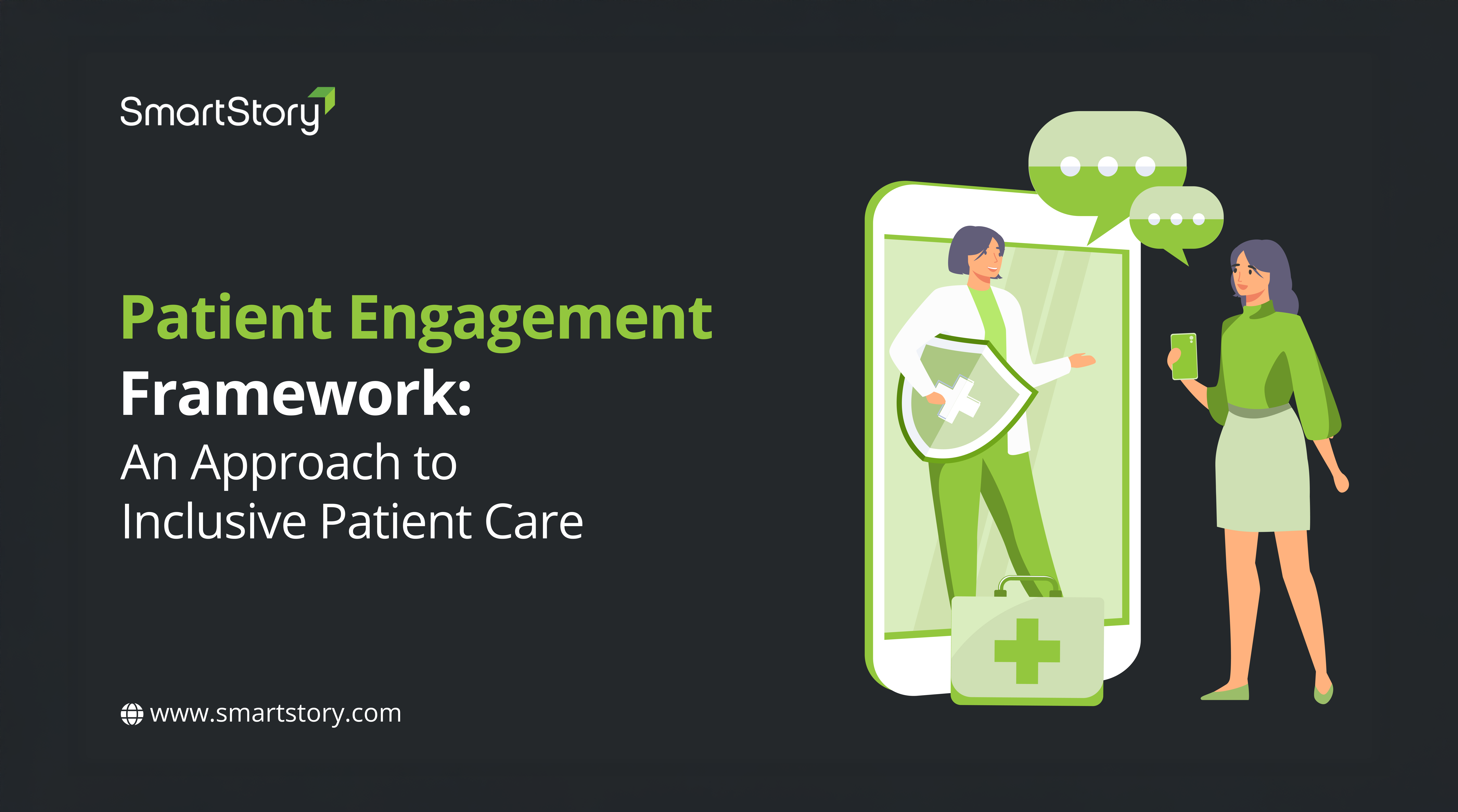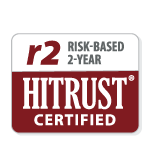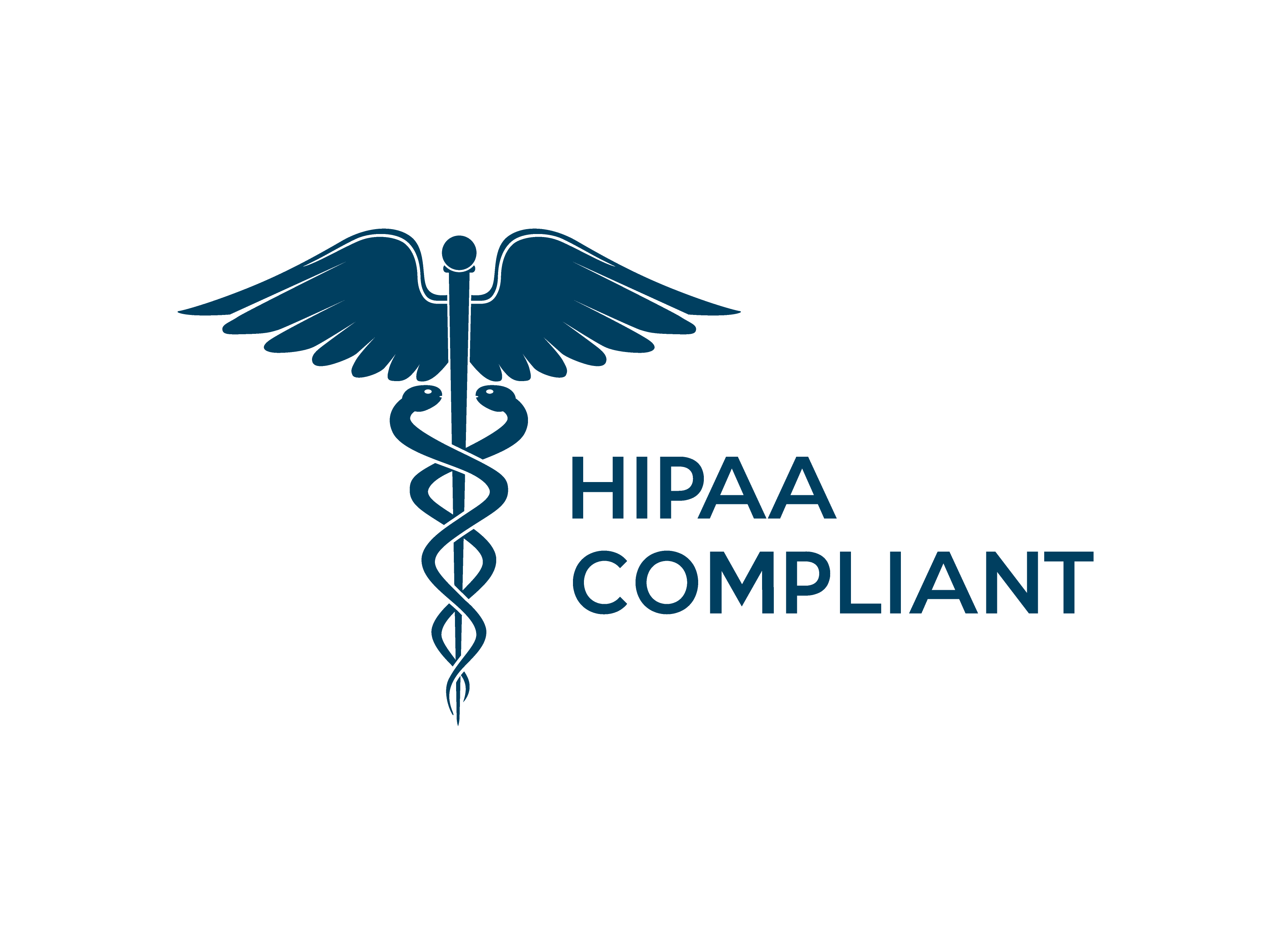Patient Engagement Framework: An Approach to Inclusive Patient Care
Why do patients miss medications, delay screenings, or ignore important health reminders? Is it because they don’t care about their health?
Not at all.
The real issue is that healthcare engagement often puts the burden on patients. They are expected to log into portals, download apps, and respond to generic reminders while juggling their daily lives. It’s not that they don’t want to stay on top of their care. It is more to do with how healthcare organizations engage them, which doesn’t always fit into their lifestyles.
The challenge for specialty pharmacies, health plans, and care management teams isn’t just reaching patients; it’s getting them to act. More notifications won’t solve the problem. What works is delivering the right information at the right time, whether it’s a medication reminder, a prompt to schedule a screening, or clear guidance on a treatment plan.
A patient engagement framework helps healthcare organizations meet patients where they are, providing timely, personalized digital interactions that drive meaningful action. SmartStory makes this possible by enabling strategic, episodic engagement, helping healthcare teams connect with patients in ways that lead to better adherence, informed decisions, and improved health outcomes.
In this blog, we’ll explore a Patient Engagement Framework, why it matters, its core components, and how SmartStory empowers healthcare teams to create engagement that patients actually respond to.
What is a Patient Engagement Framework?
A Patient Engagement Framework is a structured approach to improving how and when healthcare organizations communicate with patients and members. Unlike standard engagement models that rely heavily on patient-initiated interactions, a well-structured framework ensures patients receive relevant, personalized information exactly when needed.
This approach prioritizes strategic, episodic engagement that guides patients through their healthcare journey without requiring them to log into a patient portal frequently. By structuring engagement around specific patient needs rather than assuming continuous interaction, healthcare organizations can increase adherence, improve patient satisfaction, and optimize care efficiency.
Why a Structured Patient Engagement Framework Matters

A Patient Engagement Framework ensures that healthcare organizations engage patients strategically and proactively, rather than relying on them to take action independently. Here’s why it matters:
Patients Need Guidance, Not Just Access
Many patients don’t engage with their healthcare providers simply because they don’t know what to do next. While patient portals and mobile apps provide access to health records, they rely on patients actively logging in and searching for information. Many patients don’t take that step, either because they forget, find it challenging to navigate, or don’t see the immediate value. Without structured engagement, patients are left to navigate their care on their own, often leading to missed medications, delayed screenings, and poor adherence to treatment plans.
Generic Outreach Doesn’t Work
Healthcare outreach—such as mass emails, automated phone calls, or generic reminders—often fails because it doesn’t consider individual patient needs. When messages feel impersonal or irrelevant, patients ignore them. Patients respond better to messages specific to their health status and delivered at the right time. A structured framework ensures outreach is targeted, timely, and specific to each patient’s health status. Instead of sending a flu shot reminder to all members, a health plan can prioritize outreach to high-risk individuals, and begin engagement to educate those members about why vaccination is critical for their health.
Better Coordination, Better Outcomes
Patients interact with multiple healthcare providers, from primary care physicians and specialists to pharmacists and care coordinators. When communication is fragmented, patients receive conflicting instructions, miss follow-ups, or struggle to manage their care. A structured framework ensures seamless coordination across healthcare teams, reducing duplication and ensuring patients receive consistent, well-organized support.
Stronger Patient Trust and Satisfaction
Patients often feel disconnected from their healthcare providers due to unclear instructions, impersonal messages, and complex systems. When communication is sporadic or confusing, patients lose trust and are less likely to follow through on care recommendations. A structured engagement framework builds trust by ensuring transparent, timely, and relevant communication.
Less Burden on Healthcare Teams
Without a structured approach, healthcare teams spend too much time on manual calls, repetitive follow-ups, and inefficient outreach, creating operational inefficiencies and higher costs. A structured engagement framework automates routine communications and prioritizes high-risk cases, allowing care teams to focus on meaningful, high-impact patient interactions. With efficient and effective outreach, care teams can allocate their time where needed most, supporting complex cases and improving patient care.
Core Components of an Effective Patient Engagement Framework
Here are the core components of a Patient Engagement Framework that ensures transparent, actionable, and effective patient interactions.
Personalized Communication & Outreach
Personalized communication is the foundation of effective patient engagement. Patients are far more likely to respond when outreach is tailored to their specific needs, health conditions, and preferences rather than relying on generic messages. Traditional outreach efforts, such as mass emails or automated phone calls, often fail to capture attention and provide minimal insights if a patient engages with content.
Instead, engagement should be timely, contextual, and relevant to the patient’s health status. For instance, a health plan can use claims data and health history to determine which members should receive reminders about overdue screenings or enrollment opportunities in a care management program. Ensuring outreach is highly relevant and easy to act on makes patients more likely to engage with their care and make informed decisions.
Seamless Care Coordination
Healthcare is fragmented, and patients often feel lost in the system without proper coordination. Gaps in communication between healthcare providers, pharmacists, and patients can lead to missed medications, poor adherence, and unmanaged conditions. Care coordination must ensure that patients receive consistent, well-organized support rather than fragmented interactions from multiple sources.
For example, a care manager needs to ensure that a patient transitioning from hospital care, understands important topics like changes to their medication regimen, any necessary follow-up appointments, and the resources available for recovery. By creating structured, well-timed interactions, SmartStory helps healthcare teams connect more efficiently with their patients, reducing missed touchpoints and improving continuity of care.
Educational & Self-Management Resources
Many patients struggle to find clear, actionable information about their conditions, medications, and care plans. Without proper education, adherence suffers, and patients may feel unsure about their treatment path.
Instead of overwhelming patients with dense medical literature, engagement should focus on simplified, targeted education that meets patients where they are.
For example, a health plan may want to educate members on the importance of routine screenings. With the right communication strategy in place, additional details about how to access the service, which can be helpful for members in rural communities and even offer a pathway to easily schedule the screening, can be incorporated into one digital experience. Giving patients practical, easy-to-digest information improves their ability to manage their health effectively. Moreover, when patients receive the right information at the right time, it enhances adherence to preventative care and overall health literacy.
Encouraging Portal & App Utilization
Many healthcare organizations invest in patient portals and mobile apps, but adoption rates remain low. Patients often forget to log in or find portals challenging to navigate. Instead of expecting patients to explore a portal independently, engagement should guide them toward specific, actionable reasons to access it.
For instance, instead of a generic email prompting patients to “log in,” a health plan can send a direct link to view lab results. Care managers can also embed a one-click appointment scheduling link via email or text. When digital engagement makes portal interactions seamless, patients are more likely to use them as intended. SmartStory can help you optimize and engage your members to use the resources you already have.
How SmartStory Supports the Patient Engagement Framework
SmartStory’s digital engagement platform enables specialty pharmacies, health plans, and care teams to execute targeted, personalized, and timely patient interactions that improve adherence, education, and care coordination. Unlike traditional patient portals or apps that require frequent logins, SmartStory supports episodic, high-impact engagement that prompts patients to take meaningful actions when it matters most. Here is how SmartStory enhances patient engagement:
Delivering High-Impact Digital Interactions
SmartStory’s Patient Journey Navigator ensures that outreach is structured and aligned with patient needs and healthcare goals. By integrating data-driven triggers, SmartStory delivers personalized digital interactions that guide patients through critical moments in their care journey—from preventive screenings to medication adherence and post-discharge support.
Enhancing Care Team Efficiency
Traditional outreach methods, such as manual phone calls and mass emails, are inefficient and often lead to low response rates. SmartStory automates secure, personalized patient engagement, ensuring that high-priority patients receive targeted interventions while reducing administrative burden on care teams. Automated workflows ensure cohesive, well-timed engagement that maintains a human-centered approach without overwhelming staff.
Improving Medication Adherence
Non-adherence to medication leads to worse health outcomes and increased costs. SmartStory enables specialty pharmacists and health plans to deliver digital adherence support through custom mobile pages, automated reminders, and interactive content. By providing clear medication instructions, refill alerts, and check-in prompts, SmartStory ensures that patients remain on track with their prescribed therapies while allowing pharmacists to monitor and address adherence barriers.
Driving Meaningful Engagement
Low portal utilization remains a challenge for many healthcare organizations. SmartStory bridges the gap between patient outreach and portal usage by embedding personalized call-to-action links within SMS, email, and mobile web pages. By directing patients to specific portal actions—such as scheduling an appointment, accessing test results, or requesting a prescription refill—SmartStory ensures that patients engage with existing digital resources at the right time and for the right reasons.
Providing Actionable Insights
SmartStory’s Engagement Analytics tracks patient interactions, enabling organizations to assess which outreach methods drive the highest response rates, where engagement gaps exist, and how to optimize messaging for better outcomes. Data insights ensure that engagement efforts remain effective, measurable, and aligned with patient behavior.
Connect Patients to the Care They Need with SmartStory
Are you ready to enhance digital patient engagement? SmartStory’s innovative solutions empower healthcare providers and specialty pharmacies to improve patient experiences, streamline workflows, and drive better adherence while reducing administrative burdens.
With expertise in specialty pharmacy and diverse healthcare environments, we seamlessly integrate innovative technology to support your organization’s unique needs. Whether delivering personalized content, automating medication reminders, or simplifying pharmacist-patient communication, SmartStory ensures that every interaction is meaningful and timely.
Our platform has achieved HITRUST r2 certification, ensuring the highest level of security while seamlessly integrating your existing systems.
But we don’t stop there. Our solutions are backed by comprehensive dashboards, actionable insights, and a dedicated support team works closely with you to refine engagement strategies, improve patient adherence, and optimize operational efficiency.
Deliver better care today.
Get Started



